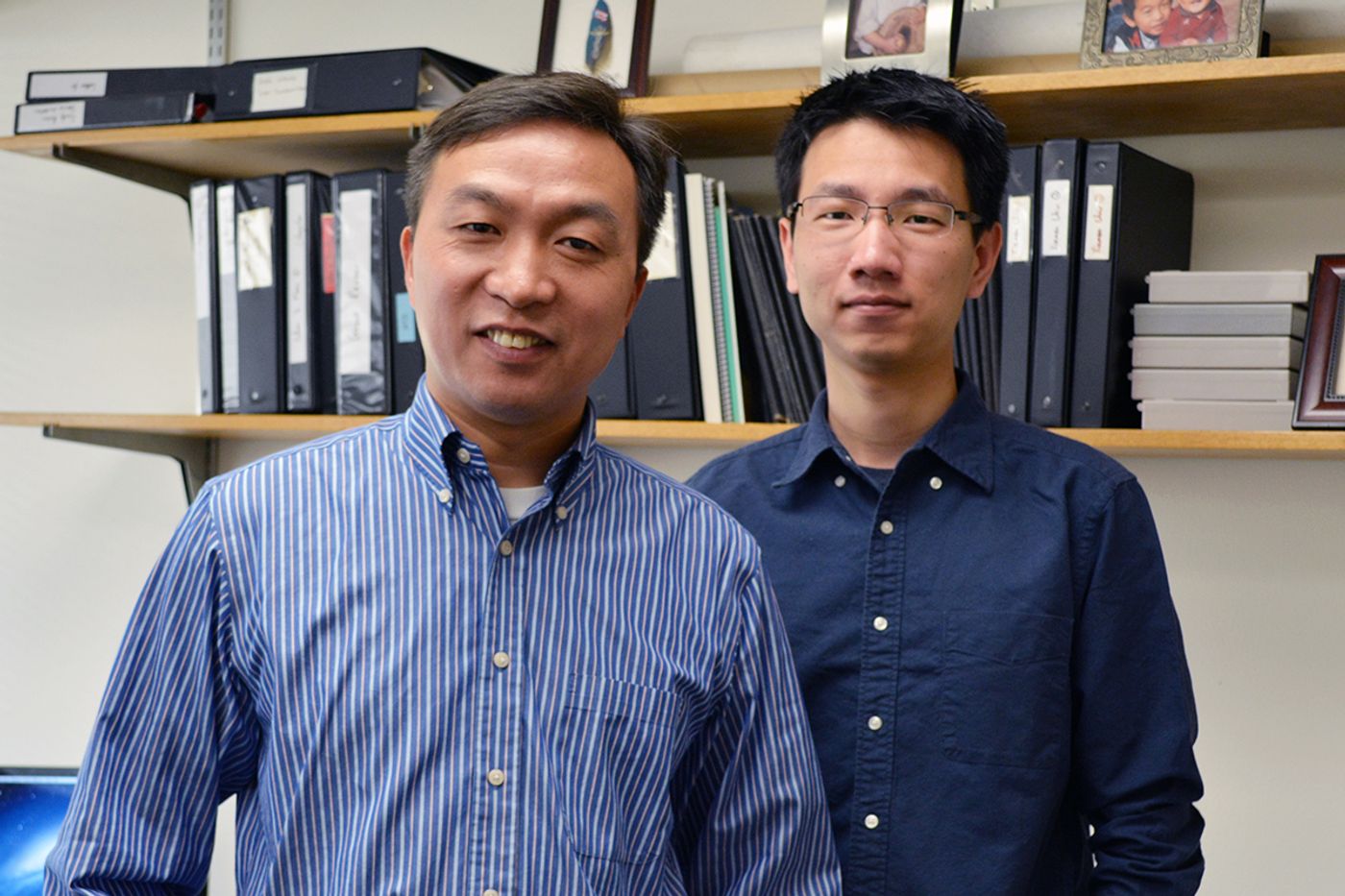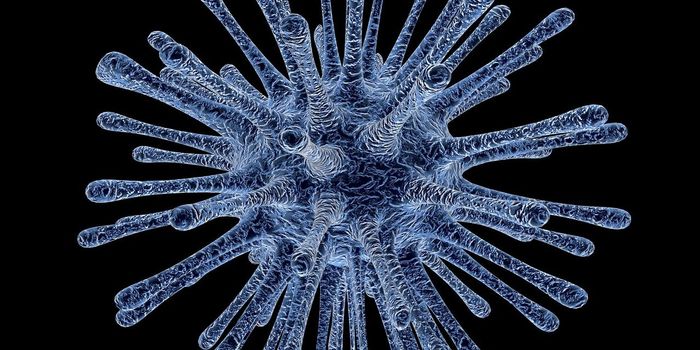LA JOLLA, CA – August 1, 2016 – A new international collaboration involving scientists at The Scripps Research Institute (TSRI) opens a door to influencing the immune system, which would be useful to boost the effectiveness of vaccines or to counter autoimmune diseases such as lupus and rheumatoid arthritis.
The research, published August 1, 2016, in The Journal of Experimental Medicine, focused on a molecule called microRNA-155 (miR-155), a key player in the immune system’s production of disease-fighting antibodies.
“It’s very exciting to see exactly how this molecule works in the body,” said TSRI Associate Professor Changchun Xiao, who co-led the study with Professor Wen-Hsien Liu of Xiamen University in Fuijan province, China.
An Immune System Tango
Our cells rely on molecules called microRNAs (miRNAs) as a sort of “dimmer switches” to carefully regulate protein levels and combat disease.
“People know miRNAs are involved in immune response, but they don’t know which miRNAs and how exactly,” explained TSRI Research Associate Zhe Huang, study co-first author with Liu and Seung Goo Kang of TSRI and Kangwon National University.
In the new study, the researchers focused on the roles of miRNAs during the critical period when the immune system first detects “invaders” such as viruses or bacteria. At this time, cells called T follicular helpers proliferate and migrate to a different area of the lymph organs to interact with B cells.
“They do a sort of tango,” said Xiao.
This interaction prompts B cells to mature and produce effective antibodies, eventually offering long-term protection against infection.
“The next time you encounter that virus, for example, the body can respond quickly,” said Xiao.
Identifying a Dancer
Using a technique called deep sequencing, the team identified miR-155 as a potential part of this process. Studies in mouse models suggested that miR-155 works by repressing a protein called Peli1. This leaves a molecule called c-Rel free to jump in and promote normal T cell proliferation.
This finding could help scientists improve current vaccines. While vaccines are life-saving, some vaccines wear off after a decade or only cover around 80 percent of those vaccinated.
“If you could increase T cell proliferation using a molecule that mimics miR-155, maybe you could boost that to 90 to 95 percent,” said Xiao. He also sees potential for using miR-155 to help in creating longer-lasting vaccines.
The research may also apply to treating autoimmune diseases, which occur when antibodies mistakenly attack the body’s own tissues. Xiao and his colleagues think an mRNA inhibitor could dial back miR-155’s response when T cell proliferation and antibody production is in overdrive.
For the next stage of this research, Xiao plans to collaborate with scientists on the Florida campus of TSRI to test possible miRNA inhibitors against autoimmune disease.
In addition to Xiao, Huang, Liu and Kang, authors of the study, “A miR-155-Peli1-c-Rel pathway controls the generation and function of T follicular helper cells,” were Cheng-Jang Wu and Li-Fan Lu of the University of California, San Diego; Yi Liu and Alexander Hoffmann of the University of California, Los Angeles; Shunbin Xu of Wayne State University; Guo Fu and Nengming Xiao of Xiamen University; Ye Zheng of The Salk Institute for Biological Studies; and Hyun Yong Jin, Christian J. Maine, Jovan Shepherd, Mohsen Sabouri-Ghomi and Alicia Gonzalez-Martin of TSRI.
The study was supported by the PEW Charitable Trusts; Cancer Research Institute; Lupus Research Institute; National Institutes of Health (grants R01AI087634, R01AI089854, R56AI110403, R56AI121155, R01AI103646 and R01AI108651); National Natural Science Foundation of China (grants 31570882, 31570883 and 31570911); 1000 Young Talents Program of China (grant K08008); the Fundamental Research Funds for the Central Universities of the People’s Republic of China (grant 20720150065); Basic Science Research Program through the National Research Foundation of Korea (NRF) funded by the Ministry of Science, ICT & Future Planning (grant NRF-2015R1C1A1A01052387, S.G.K.) and a 2016 Research Grant from Kangwon Nation.
This article was originally published on
Scripps.edu.









